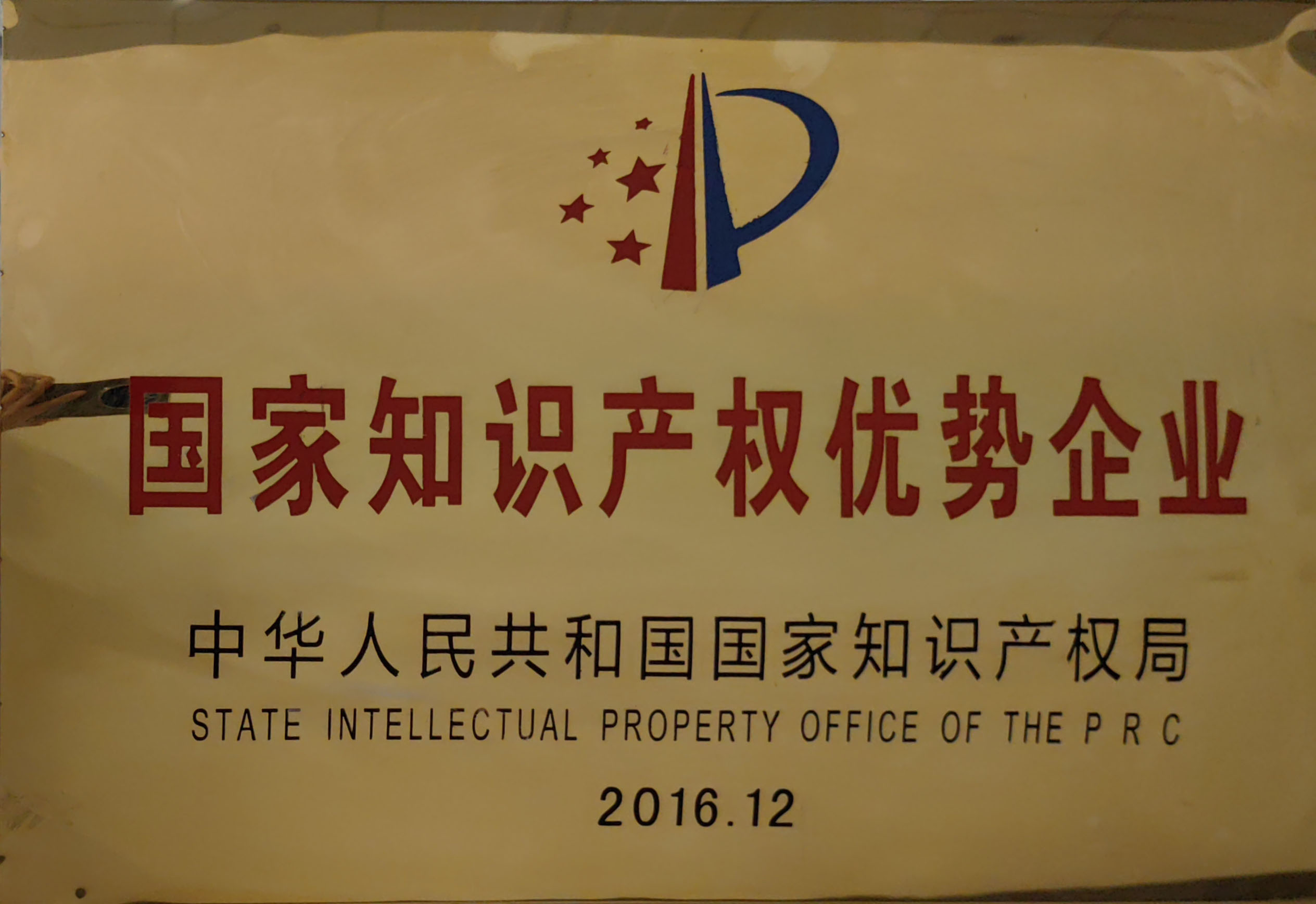
Dec . 09, 2024 17:57
Back to list
Understanding High Pressure Regulators and Their Applications in Various Industries
Understanding High Pressure Regulators Essential Components for Safe Gas Management
High pressure regulators play a crucial role in various industrial applications, ensuring the safe and efficient management of gases under high pressure. From natural gas distribution to chemical processing, these devices are integral for controlling the flow and pressure of gases to meet operational requirements. In this article, we will explore the functionality, types, applications, and importance of high pressure regulators in various sectors.
What Are High Pressure Regulators?
High pressure regulators are mechanical devices designed to reduce the high inlet pressure of gas to a lower, controllable outlet pressure. By doing so, they ensure that gases are delivered at a consistent and manageable pressure even when the supply pressure fluctuates. This is particularly important in applications where precise pressure control is essential for safety and efficiency.
How Do They Work?
At their core, high pressure regulators consist of various components, including an inlet port, a diaphragm, a spring, and an outlet port. When gas enters the regulator, it exerts pressure on the diaphragm, which in turn, moves in response to the pressure exerted. The spring provides resistance, and the adjustment of this spring allows for the regulation of the outlet pressure. As the demand for gas changes, the diaphragm moves to either open or close the flow of gas, maintaining a steady outlet pressure.
Types of High Pressure Regulators
There are several types of high pressure regulators, each designed for specific applications and operating conditions
1. Single-Stage Regulators These regulators are often used in applications where pressure reduction is required from high to low pressure in a single step. They are simpler and generally less expensive, making them suitable for many general applications.
2. Two-Stage Regulators For applications requiring more precise pressure control, two-stage regulators are more appropriate. They first reduce the pressure in two distinct stages, resulting in a more stable outlet pressure. They are preferred in industrial settings where pressure variability can lead to operational issues.
3. Electronic Regulators In the age of automation, electronic regulators utilize sensors and control systems to manage gas flow and pressure dynamically. They offer enhanced precision and can be integrated into larger process control systems.
high pressure regulators

Applications of High Pressure Regulators
High pressure regulators are utilized across a wide range of industries
- Oil and Gas In the extraction and transportation of gas, high pressure regulators are vital for ensuring safe and efficient flow management.
- Chemical Processing In chemical manufacturing processes, maintaining proper pressure is essential for reactions to occur correctly. High pressure regulators help control the gases involved in these processes.
- Welding and Cutting In welding applications, gases such as oxygen and acetylene are used under high pressure. Regulators help deliver these gases safely at the required pressures for effective and safe welding operations.
- Healthcare In medical applications, high pressure regulators ensure that gases like oxygen are delivered at safe and controlled pressures for patient care.
Importance of High Pressure Regulators
The importance of high pressure regulators cannot be overstated. They play a critical role in safety by preventing over-pressurization, which can lead to equipment failure, explosions, and other hazardous situations. By maintaining a consistent outlet pressure, these regulators contribute to the efficiency of processes, minimizing waste and optimizing performance.
Additionally, high pressure regulators are vital for compliance with industry standards and regulations. Many industries are subject to stringent safety regulations, and the use of properly functioning regulators is often a key requirement to meet these standards.
Conclusion
In conclusion, high pressure regulators are essential components in the safe and efficient management of gases across various industries. Understanding their functionality and the types available can help businesses select the right regulator for their specific needs. As technology advances, the development of more sophisticated and precise regulators will continue to enhance operational safety and efficiency in gas management, contributing to improved outcomes in industrial processes and applications.
Latest news
-
Safety Valve Spring-Loaded Design Overpressure ProtectionNewsJul.25,2025
-
Precision Voltage Regulator AC5 Accuracy Grade PerformanceNewsJul.25,2025
-
Natural Gas Pressure Regulating Skid Industrial Pipeline ApplicationsNewsJul.25,2025
-
Natural Gas Filter Stainless Steel Mesh Element DesignNewsJul.25,2025
-
Gas Pressure Regulator Valve Direct-Acting Spring-Loaded DesignNewsJul.25,2025
-
Decompression Equipment Multi-Stage Heat Exchange System DesignNewsJul.25,2025

